A History of Photography. From 1839 to the Present
£17.10
George Eastman’s career developed in a particularly American way. The founder of Kodak progressed from a delivery boy to one of the most important industrialists in American history, and a crucial innovator in photographic history.
Eastman died in 1932, and left his house to the University of Rochester. Since 1949 the site has operated as an international museum of photography and film, and today holds the largest collection of its kind in the world, containing over 400,000 images and negatives―among them the work of such masters as Alfred Stieglitz, Edward Steichen, and Ansel Adams.
Home also to 23,000 cinema films, five million film stills, one of the most important silent film collections, technical equipment and a library with 40,000 books on photography and film, the George Eastman House is a pilgrimage site for researchers, photographers, and collectors from all over the world. This volume curates the most impressive images from the collection in chronological order to offer an incomparable overview of photographic history.
About the series
Bibliotheca Universalis ― Compact cultural companions celebrating the eclectic TASCHEN universe!
Read more
Additional information
| Publisher | TASCHEN (22 Sept. 2022) |
|---|---|
| Language | English |
| Hardcover | 768 pages |
| ISBN-10 | 3836540991 |
| ISBN-13 | 978-3836540995 |
| Dimensions | 15.24 x 5.08 x 20.32 cm |

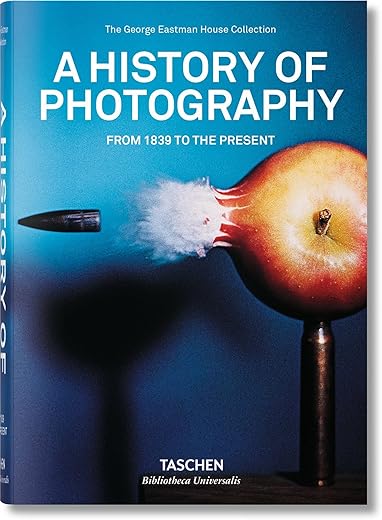

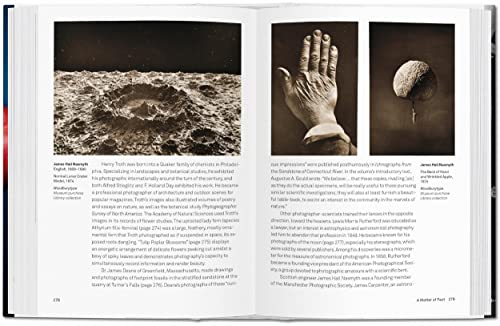
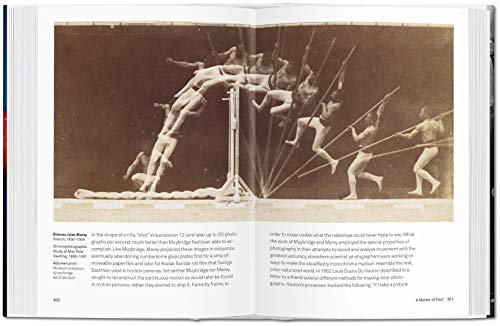
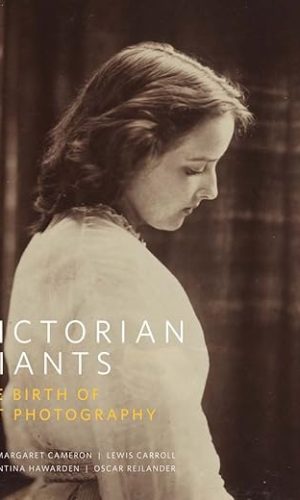
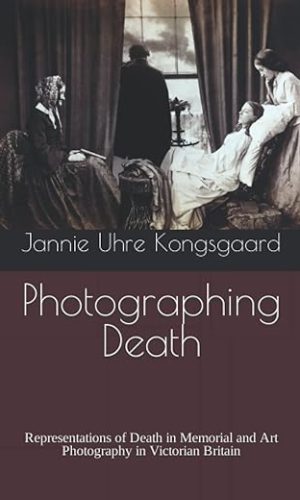



by Evil Spirit
My journey continues into the realm of photography. Earlier this week I took delivery of what could be considered a social history book 1001 Photographs You Must See Before You Die and today the doorbell rang for A History of Photography which concentrates on the production of a particular image in a particular context.
The striving for originality contesting with its own history. Names and ideas, tricks and postures. Colour and without. The Business of Photography as well as the business of photography. Maybe too many mentions of the Eastman House but what do I know.
Of course creating ‘art’ creates its own groupings. I’m also new to Flickr last week and note how the photographs ‘chosen’ to go on Explore are numbers driven. The idea of brilliance out of crowd is not something the art world ever considers except disparagingly. The roll call of photographs disappointingly average even if technically excellent.
My photograph uploaded joins in the art angle of photography. Or not. I’ll call it ‘Slice Art.’
by P. Fowler
Purchased as a Christmas present
Really interesting and beautiful book
If you enjoy photography and art, this is the book for you
by ROBERT
You have to remember that this is all from one collection – huge though it may be – and naturally, there is lots of America in there!
by AdSR
this book is such a great addition to my photographic book collection, it adds so much history on the subject. It is concise, comprehensive and above all a really great manageable sized. Written intelligently , not just a “coffee table” volume. A welcome addition for anyone who has a real passion for the subject, I can envisage this becoming my reference book of choice. To learn more of the history, just as the title says.
Such amazing value for money. Thank you Taschen/George Eastman.
by Evil Spirit
There is another book,
The History of Photography: From 1839 to the Present:
, that covers the same topic and quite confusingly bears an almost identical title. However, that book, originally written by Beaumont Newhall in 1982 and since revised and updated several times, is considered by most to be the definitive volume. If there is ever a need by a writer or student to clarify some details of photographic history, it is likely to be Newhall to which they will refer.
This is a very different book. Its pages are smaller but there are more than twice the number of Newhall’s. It isn’t as formally arranged as that is but there is a far greater number and variety of images within its pages, including a rarely seen Edward Weston Kodachrome slide, and a greater use of colour, generally.
This is a more modern book in every sense. First published in 1999 and this revision in 2011, it allows digital photography to dip its proverbial toe into the waters. However the book is based upon much of the imagery contained within the Eastman House Collection, as is indicated on its cover, and there may not have been any digitally-originated images in the Collection at that time. In 1999, it was still a little-used technology and employed modified standard cameras with heavy digital backs and very bulky battery packs – the combinations were extraordinarily expensive – that would have severely restricted the areas of use. Film still then reigned supreme.
Because this is a more user-friendly book, without the academic approach of Newhall’s, this is probably the better choice of the two for the general reader. With its greater use of imagery, and a wider selection of photographers covered, although necessarily briefly, it will also be more interesting to a wider audience.
As with all Taschen titles, its production values are high and the printing about as good as you will find. They also offer excellent value for money. In any event, this remains available at a discounted price as a 25th Anniversary of Taschen promotion.
For its friendly approach and good all-round coverage, I recommend this very highly.
by Londoner
Following extensive spinal surgery, during the recovery phase, I rediscovered my love of art and the history of art. I already owned a few Taschen volumes but decided to build my collection. Buying used on Amazon is a great way to make this somewhat more affordable. I even found a few new titles selling cheaper than the used one on eBay. If you love high quality books, love art, love reading about art movements and artists across all genres – these Taschen books are hard to beat.
by *happygeek*
Provided you’ve ever been to the art section of any modern bookstore, when you hear “Taschen” you immediately think of beautifully published albums of great paintings or, less commonly, other visual arts.
“A History of Photography” is far from that spirit. It is mainly a textbook dedicated to the history of the medium, where “history” is the key word and art takes the backseat. As demanded by the book size and the amount of text included, the images are often too small to be appreciated properly. A further limitation on the visual content is imposed by the choice of a single source of the images, although some of the milestones in the history of photography are still present.
The book presents the evolution of photography as a medium and as an art rather poorly. It would be hard for any reader to tell by the illustrations alone how photography changed throughout different periods, what trends dominated it in different times. Quite conspicuously, the “present” that is mentioned in the title is almost entirely missing. The book also lacks the power to inspire a learning photographer. Perhaps this could be dismissed as irrelevant in the face of the book’s apparent purpose. But when discussing a visual medium, if the pictures aren’t good enough, the book isn’t good enough.
I thought perhaps I was wrong and judged the book by its cover. But I’ve shown the book to someone trained in visual arts, hoping they would point my error to me, and all I got was a confirmation of my own complaints; in fact, they were more critical of the book than I am.